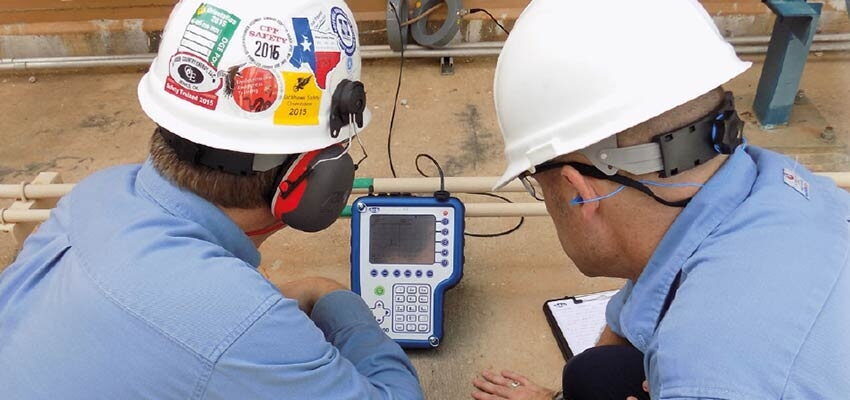
Optimizing outage utilization for substations and transformers
Abstract Outage planning is a critical consideration companies cannot spare to neglect. Identifying which assets need attention and by taking preventative measures to monitor the...
byTony McGRAIL

Abstract
Outage planning is a critical consideration companies cannot spare to neglect. Identifying which assets need attention and by taking preventative measures to monitor the condition of your key assets, teams can proactively plan for maintenance work and have insights into critical problem areas before they cause system failure. This article will review partial discharge/electromagnetic interference in-service surveys, how to identify risks to your assets (like transformers) and share best practices to plan for your outages, ensuring both your asset’s longevity and network health.
Keywords: outage planning, in-service testing, condition monitoring, asset health and maintenance
- Introduction
There is nothing more frustrating than an unplanned outage. Whether due to storms that cause downed power lines or unexpected asset failure, forced outages disrupt both the operations of power companies and the lives of customers who rely on electricity to keep the lights on and stay connected. Planned outages – those scheduled ahead of time for routine offline testing and maintenance – mitigate the negative impacts of these disruptions by carving out time for condition-based maintenance and testing on important assets. Planning activities ahead of time ensures safe and reliable operations and identifies potential risks before they turn into problems.
PD/EMI (Partial Discharge/Electromagnetic Interference) surveying provides a set of tools to detect the symptoms of insulation breakdown – whether airborne radio frequency signals or conducted transient signals. PD and EMI are intimately related methods of detection, varying in frequency ranges and signal analysis approaches.
Both have value in particular applications and can use appropriate sensors to detect deterioration via:
- Antennae, as part of a general station survey, with an optional directional antenna for more detail;
- High-Frequency Current Transformers (HFCTs) to detect PD/EMI in conductors which carry load or are grounded in service;
- Ground plane or Transient Earth Voltage (TEV) probes which pick up the effects of radiated emission ion grounded planes, such as metal clad switchgear cubicles.
This article dives into examples of issues found in practice and the organizational framework to enable a successful PD/EMI survey program.







